India To Grow At 7.5% In FY23 On Strong Investment, To Rise To 8% Next Fiscal: ADB
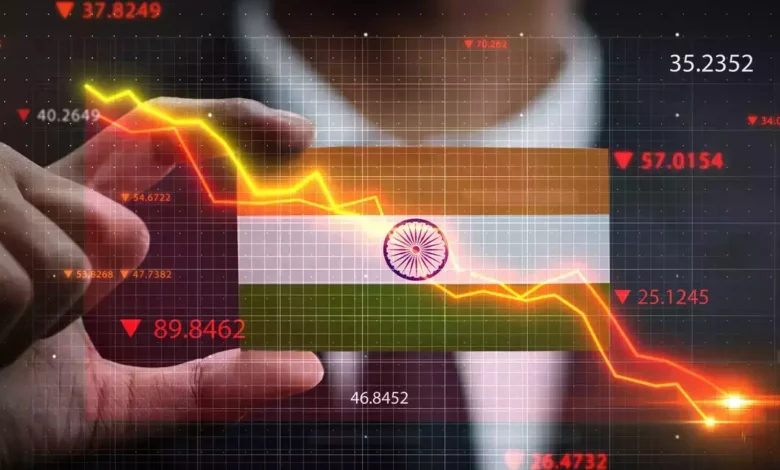
India To Grow At 7.5% In FY23 On Strong Investment, To Rise To 8% Next Fiscal: ADB
With the ADB view projecting a growth rate of 7.5% for 2022-23 on strong funding prospects approaching 5% for China in January-December 2022, India is more likely to maintain its position as the world’s fastest-growing major economy.
According to the Asian Development Bank’s (ADB) Outlook 2022, India’s growth will accelerate to 8% in the next fiscal year, 2023-24, while China’s growth will slow to 4.8 per cent in 2023.
Despite this, the ADB has identified inflation as a severe threat, owing to rising commodity costs due to the ongoing Russia-Ukraine conflict.
“GDP is predicted to grow by 7.5 per cent in FY2022 (fiscal year ending in March 2023) and 8% in FY2023 (fiscal year ending in March 2024), pushed by robust funding development, with public funding crowding in personal funding,” according to the ADB’s India Chapter.
Regarding the India chapter, ADB stated that FY2022 refers to the fiscal year ending March 31, 2023.
The Indian financial system grew by 8.9% in the fiscal year that ended in March 2021. In 2021, China’s development price was 8.1 per cent.
“Economies in developing Asia are progressively regaining their footing as they emerge from the worst of the Covid-19 pandemic,” according to ADB chief economist Albert Park.
“However, geopolitical uncertainties and new Covid-19 outbreaks and viral variations can potentially disrupt this progress.” Governments in the area may wish to remain watchful and ready to respond to these threats. This includes ensuring that as many people as possible are fully protected against Covid-19. “Financial authorities must continue to keep a close eye on their inflation situation and never fall behind the curve,” Park added.
The Manila-based multilateral investment firm said in the research that growth in South Asia is expected to slow to 7% in 2022 before picking up to 7.4% in 2023. According to the report, India and Pakistan are essentially driving the subregion’s development dynamics.
According to the report, Pakistan’s growth is expected to moderate to 4% in 2022 due to weaker domestic demand due to financial tightening and consolidation before picking up to 4.5 per cent in 2023.
Due to a solid recovery in domestic demand and ongoing expansion in exports, the economies of developing Asia are expected to grow by 5.2 per cent this year and 5.3 per cent in 2023, according to the Asian Development Bank.
The Caucasus and Central Asia, East Asia, South Asia, Southeast Asia, and the Pacific are among the 46 ADB member international locations that make up Creating Asia.
According to the Asian Development Bank, Russia’s invasion of Ukraine presents the greatest threat to Asia’s financial future.
Nonetheless, the Russian invasion of Ukraine, the ongoing pandemic of coronavirus infection (Covid-19), and financial tightening by the US Federal Reserve pose threats to the outlook.
“The conflict is already impacting economies in the region, with dramatic increases in the cost of commodities such as oil and increased instability in global monetary markets.” According to ADO 2022, “COVID-19 continues to impact many aspects of developing Asia, with some economies witnessing new surges in some situations.”
It stated that the expansion prognosis for India assumes continued success in coronavirus disease (Covid-19) immunisations and that any new virus variations are of limited severity.
The report also considers the consequences of Russia’s invasion of Ukraine, such as higher global oil and commodity prices, leading to higher inflation and a widening of the current account deficit.
“India is on the road to a sustained economic recovery, thanks to a concerted national effort to deliver safe and widespread Covid-19 vaccinations, which helped reduce the severity of the third pandemic wave with minimal disruptions to mobility and economic activity,” said Takeo Konishi, ADB’s country director for India.
“The Indian government’s policies to improve logistics infrastructure, incentives to facilitate industrial manufacturing, and steps to boost farmers’ income will help the country’s accelerated recovery,” Konishi said.
According to the report, uncertainty in world financial situations, probable additional surges in Covid-19 cases, and rapid increases in commodity costs are all threats to the outlook.
It stated that enormous public infrastructure spending planned over the next two years would promote more private investment.
Increased monetary and technical assistance to states to create capital funding will boost infrastructure expenditure and help stimulate financial development and the PM Gati Shakti project to improve India’s logistical infrastructure.
The ADB estimate is based on a conventional monsoon, which is expected to boost agricultural output and increase farmer income combined with higher wheat prices.
ACCORDING TO THE REPORT, in FY2022 and FY2023, the federal government’s production-linked incentive plan will boost the industrial sector.
“Inflation is expected to rise to 5.8% in FY2022-23. “The present account deficit is projected to widen to 2.8 per cent of gross domestic product in FY2022 due to rising oil import invoice, and is predicted to say no to 1.9 per cent in FY2023 due to tightening of the America federal funds rate and increased oil costs,” the central financial institution (Reserve Financial institution of India) stated.
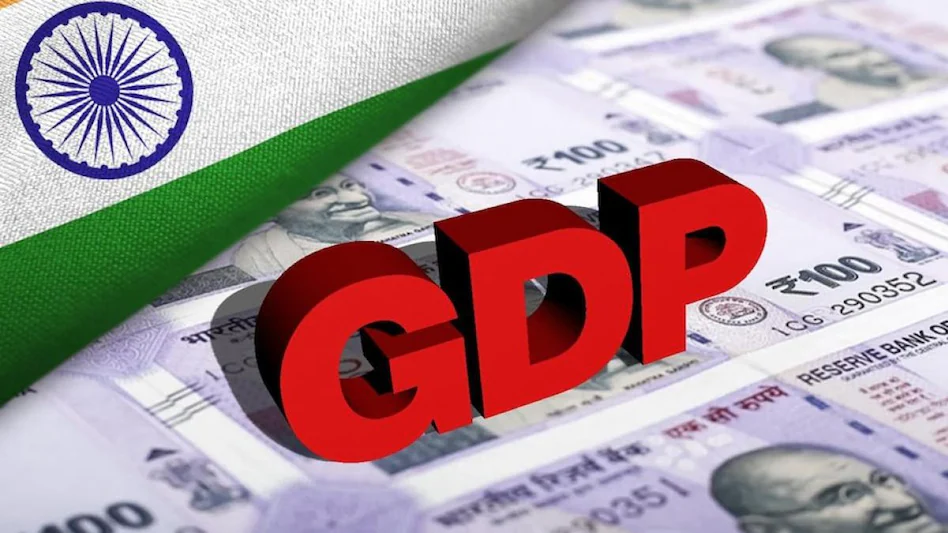
India may clock 7.4% GDP growth in FY23; RBI likely to hike rates by 50-75 bps: FICCI survey
According to a survey released on April 3 by the Federation of Indian Chambers of Commerce and Industry (FICCI), India’s yearly median GDP growth projection for 2022-23 is 7.4%. According to the Economic Outlook Survey, minimum and maximum growth rates are expected to be 6.0 per cent and 7.8 per cent, respectively.
According to the industry chamber’s survey, agriculture and allied operations are expected to grow at a median of 3.3 per cent in 2022-23. During the fiscal year, the industry and services sectors are predicted to rise 5.9% and 8.5 per cent, respectively.
The trade association analysts also cautioned that downside risks to growth might continue to mount and constitute a severe obstacle to global recovery, citing the Russia-Ukraine conflict and the current COVID-19 outbreak.
According to the survey, which was based on responses from leading economists representing industry, banking, and financial services sectors, the current crisis may exacerbate price rises through imported commodities, with average wholesale price index-based inflation estimated at 12.6 per cent in Q4 2021-22.
Inflation based on the CPI is expected to be 6.0 per cent in Q4 2021-22 and 5.5 per cent in Q1 2022-23, according to the FICCI’s Economic Survey. It also stated that the median CPI-based inflation projection of 5.3 per cent for 2022-23 may fluctuate within a range of 5.0 per cent and 5.7 per cent.
Meanwhile, the survey predicts a drop in CPI-based inflation in the following fiscal year, hovering around the RBI’s target range from January-February 2022.
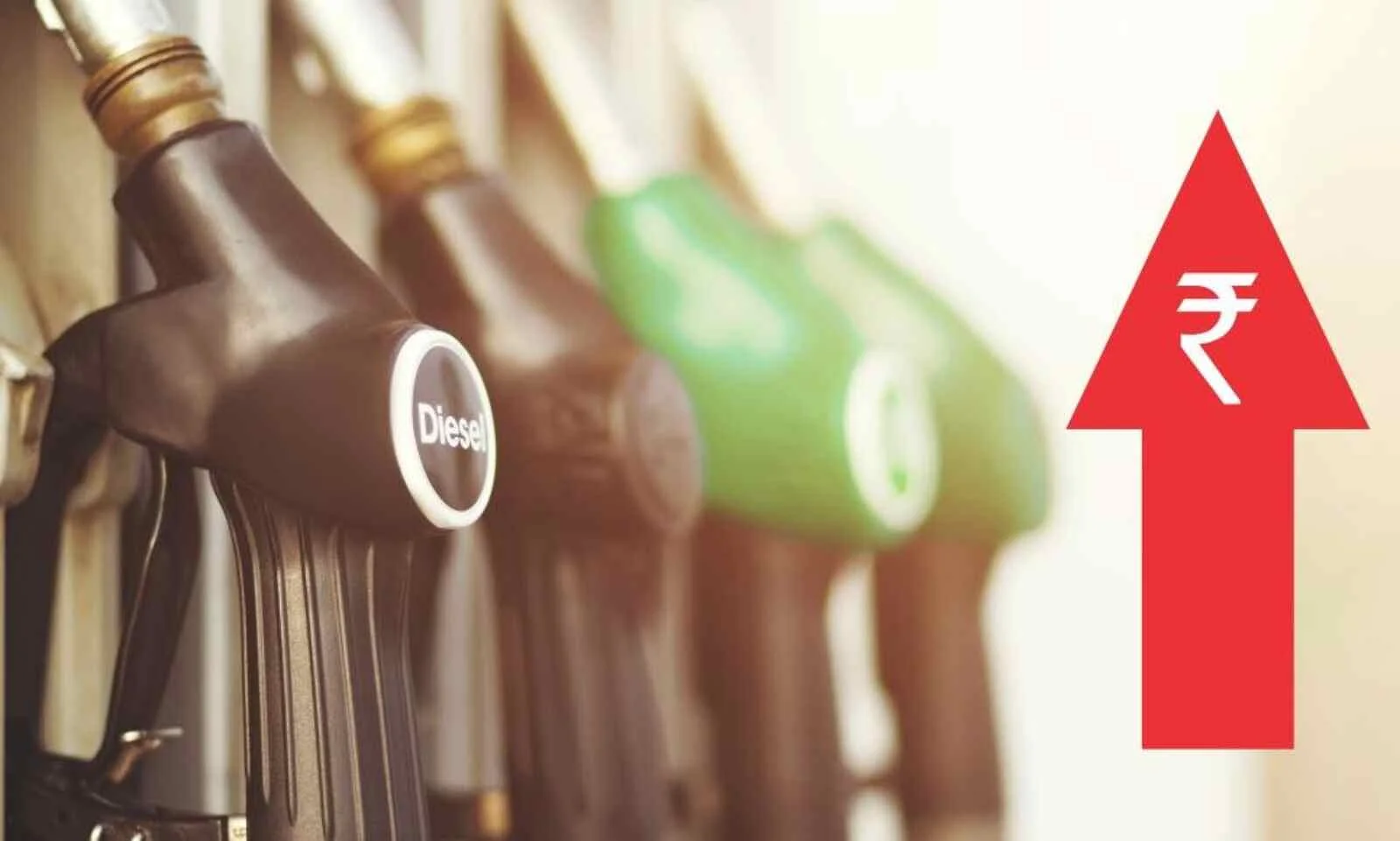
On Commodity Price hike:
“Prolonging this battle will further damage supplies of major raw materials, including crude oil, natural gas, food, fertilisers, and metals,” the poll economists stated, referring to the Russia-Ukraine conflict. However, they believe that global inflation will peak in 2022 and then moderate in the first half.
“Surging crude oil prices are anticipated to influence India’s macros significantly,” the analysts said, adding that “increase in oil prices coupled with the sharp decline in Rupee value is inflating India’s import bill, adding to the stress on the current account.”
The economists noted that cost escalation is weighing heavily on producers’ CAPEX plans as they presented their overall assessment of the Russia-Ukraine issue and its influence on the economy. They also stated that private demand and investment should be prioritised to drive growth in 2022-23.
Despite the concerns, the poll economists stated that the Indian economy is well-positioned in the medium run. However, they urged that the Union government’s fiscal policy be proactive and that inflationary pressures may be alleviated through excise reductions or subsidies. “As inflationary pressures intensify, this will be critical to protecting private consumption expenditure,” they warned.
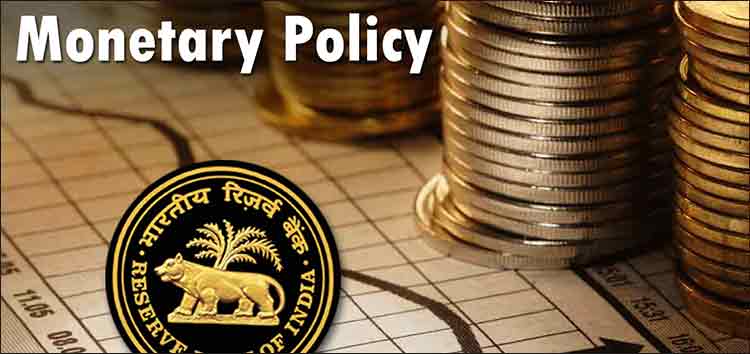
On RBI Monetary Policy:
According to the FICCI’s Economic Survey, “While it is difficult to predict the exact impact of the conflict on the global economy, much will hinge on the conflict’s duration and subsequent governmental reactions. Sanctions imposed on Russia by European countries and the US are having ramifications in the real and financial sectors.”
“Global growth could drop by 50-75 basis points — further reducing the expectations of post-covid recovery,” the economists said, adding that the entire situation remained volatile.
The economists expressed their thoughts on the Reserve Bank of India’s (RBI) monetary policy, which will be released on April 8, 2022. They indicated that the committee is anticipated to look through transient inflation surges in the near term.
“By maintaining policy repo rate steady in April announcement, the RBI is projected to continue to support the ongoing economic recovery,” the survey added. Economists believe the RBI may consider revising its stance in the second half of this fiscal year (2022), with a rate hike of 50-75 basis points expected before the end of the year.
Also, noting supply-driven inflation in India, economists believe that government support in the form of fiscal measures such as reductions in excise duty and VAT on gasoline and diesel by the Centre and states’ ability to ameliorate some immediate concerns about inflation could help.

On MSMEs:
“It is critical that the financial flows of MSMEs firms be in place to keep operations running. There is a need to ensure that extra financing for MSMEs is available, and banks’ cash margins should be reduced from 25% to 20% “10% to 15%,” the poll stated.
Apart from that, the economists advised that the provision of a 90-day restriction for classifying MSMEs’ working cycles over dues into NPAs be reconsidered and that the maximum be expanded to 180 days.
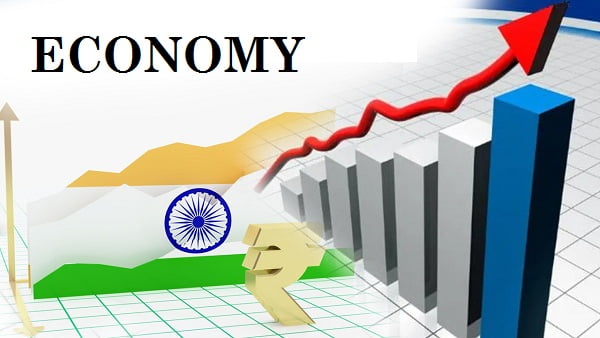
About Indian Economy Growth Rate & Statistics
INTRODUCTION
With its robust democracy and strong relationships, India has emerged as its fastest-growing major economy. It is anticipated to be one of the top three economic powers in the next 10-15 years.
SIZE OF THE MARKET
In FY2021-22, India’s nominal gross domestic product (GDP) is expected to be Rs. 232.15 trillion (US$ 3.12 trillion) at current prices.
According to the Economic Survey, India has the world’s third-largest unicorn population, with over 83 unicorns worth a total of US$ 277.77 billion. According to the Nasscom-Zinnov report ‘Indian Tech Start-up,’ India will have 100 unicorns by 2025, creating 1.1 million direct jobs.
According to the McKinsey Global Institute, India needs to raise its employment growth rate and create 90 million non-farm jobs between 2023 and 2030 to boost productivity and economic growth. To attain 8-8.5 per cent GDP growth between 2023 and 2030, the net employment rate must increase by 1.5 per cent per year.
According to figures from the Department of Economic Affairs, India’s foreign exchange reserves hit US$ 634.287 billion on January 28, 2022.
RECENT DEVELOPMENTS
Investments have been made in many sectors of the economy as the economic situation has improved. In November 2021, the private equity and venture capital (PE-VC) sector saw investments totalling US$ 6.8 billion across 102 acquisitions, up 42 per cent from November 2020.
The following are some of the most significant recent economic developments in India:
- Between April 2021 and December 2021, India’s merchandise exports were predicted to be worth US$ 299.74 billion (a 48.85 per cent YoY increase). India’s Manufacturing Purchasing Managers’ Index (PMI) was 56.4 in December 2021.
- In January 2022, the gross GST (Goods and Services Tax) income collection was Rs. 1.38 trillion (US$ 18.42 billion). This was a 15% increase from a year before.
- Between April 2000 and June 2021, India’s FDI equity inflow was US$ 547.2 billion, according to the Department for Promotion of Industry and Internal Trade (DPIIT).
- In November 2021, India’s Index of Industrial Production (IIP) was 128.5, compared to 126.7 in November 2020.
- Consumer Food Price Index (CFPI) – Combined inflation in 2021-22 (April-December) was 2.9 per cent, down from 9.1 per cent the previous year.
- Consumer Price Index (CPI) – Combined inflation in 2021-2022 (April-December) was 5.20 per cent, compared to 6.6 per cent in 2020-21.
- In the calendar year 2021, foreign portfolio investors (FPIs) invested Rs.50,009 crore (US$ 6.68 billion).
- Wheat procurement in Rabi 2021-22 and paddy procurement in Kharif 2021-22 would contain 1208 lakh (120.8 million) metric tonnes of wheat and paddy from 163 lakh (16.7 million) farmers, as well as a direct payment of MSP value of 2.37 lakh crore (US$ 31.74 billion) to their accounts.

GOVERNMENT INITIATIVES
The Indian government has taken several steps to improve the country’s economic situation. Here are a few examples:
- Ms Nirmala Sitharaman, Minister of Finance and Corporate Affairs delivered the Union Budget for 2022-23 on February 1, 2022. PM GatiShakti, Inclusive Development, Productivity Enhancement, Investment, and Investment Financing were the four goals of the budget. Effective capital investment is scheduled to increase by 27 per cent in the Union Budget 2022-23, to Rs. 10.68 lakh crore (US$ 142.93 billion) to strengthen the economy. This will account for 4.1 per cent of the overall Gross Domestic Product (GDP).
- The National Highway Network would create 25,000 km of new roadways under the PM GatiShakti Master Plan, which will cost Rs. 20,000 crores (US$ 2.67 billion). In the years 2022-2023. Increased government spending is expected to entice private investment, with a production-linked incentive plan offering solid prospects. The Indian economy will benefit from consistent proactive, graded, and calibrated governmental support.
- Ms Nirmala Sitharaman, Minister of Finance and Corporate Affairs announced in February 2022 that productivity linked incentive (PLI) schemes would be extended to 14 sectors to achieve the AtmaNirbhar Bharat mission of creating 60 lakh (6 million) jobs and additional production of Rs. 30 lakh crore (US$ 401.49 billion) in the next five years.
- The government allocated financing for the production linked incentive (PLI) scheme for domestic solar cell and module manufacture of Rs. 24,000 crore (US$ 3.21 billion) in the Union Budget for 2022-23.
- The government approved an Rs. 2500 crore (US$ 334.60 million) production linked incentive (PLI) scheme for Bulk Drugs in the Union Budget for 2022-23.
- As part of the PLI project, Finance Minister Nirmala Sitharaman declared in the Union Budget of 2022 that a scheme for design-led manufacturing in 5G would be implemented.
- Major telecom reforms were authorised by the Union Cabinet in September 2021 and are intended to enhance jobs, growth, competition, and consumer interests. The rationalisation of adjusted gross revenue, the rationalisation of bank guarantees (BGs), and the encouragement of spectrum sharing are all important developments.
- The government has given Rs. 44,720 crore (US$ 5.98 billion) to Bharat Sanchar Nigam Limited (BSNL) for capital investments in the 4G spectrum in the Union Budget of 2022-23.
- Ms. Nirmala Sitharaman has set aside Rs. 650 crore (US$ 86.69 million) for the Deep Ocean expedition, which aims to discover huge oceanic life and non-living resources. In 2022-23, the Department of Space (DoS) would receive Rs. 13,700 crore (US$ 1.83 billion) for numerous important space projects, including Gaganyaan, Chandrayaan-3, and Aditya L-1 (sun).
- The government authorised the production linked incentive (PLI) plan for advanced chemistry cell (ACC) batteries in May 2021, at the cost of Rs. 18,100 crore (US$ 2.44 billion); this move is projected to attract Rs. 45,000 crore (US$ 6.07 billion) in domestic and foreign investments.
- The Reserve Bank of India (RBI) will issue Digital Rupees utilising blockchain and other technologies, according to Ms Nirmala Sitharaman’s announcement in the Union Budget for 2022-23.
- Railways received a Rs. 2.38 lakh crore (US$ 31.88 billion) investment in the Union Budget of 2022-23, and over 400 new high-speed trains were announced. The “One Station, One Product” concept was also introduced.
- To increase competitiveness Budget, 2022 has declared that the 16-year-old Special Economic Zone (SEZ) Act will be reformed to improve competitiveness and comply with the World Trade Organization (WTO).
- The Reserve Bank of India (RBI) declared in June 2021 that the investment limits for foreign portfolio investors (FPIs) in State Development Loans (SDLs) and government securities (G-secs) would remain unchanged in FY22 at 2% and 6%, respectively.
- In April 2021, the RBI issued a notice on new norms for appointing statutory and central auditors for commercial banks, major urban co-operatives, large non-banks, and housing finance enterprises to improve overall audit quality and transparency and bring value to businesses.
- The Indian government set out Rs. 2,250 crore (US$ 306.80 million) in May 2021 for the growth of the horticulture sector in 2021-22.
- The Indian government launched Rs. 2.65 lakh crore (US$ 36 billion) stimulus programme in November 2020 to create jobs and offer financial support to several industries like tourism, aviation, construction, and housing. In addition, India’s cabinet adopted the production-linked incentives (PLI) scheme, which would grant Rs. 2 trillion (US$ 27 billion) over five years to help the country create jobs and enhance productivity.
- As a result of government efforts such as Make in India and Digital India, many foreign companies are establishing operations in India. The Make in India project was introduced by India’s Prime Minister, Mr Narendra Modi, to boost the country’s manufacturing sector and increase the purchasing power of the typical Indian consumer, which would stimulate demand and spur development, benefiting investors. Under the Make in India initiative, the Indian government is attempting to increase the manufacturing sector’s contribution to GDP from its present level of 17 per cent to 25 per cent. In addition, the government has launched the Digital India programme, which focuses on three key elements: building digital infrastructure, delivering services digitally, and raising digital literacy.
- By March 31, 2022, the National Asset Reconstruction Company Ltd (NARCL) will have acquired up to Rs bad loans. 50,000 crore (US$ 6.69 billion) from 15 accounts. The settlement procedure will be overseen by India Debt Resolution Co. Ltd (IDRCL). This will assist in cleaning up India’s financial system, increase liquidity, and stimulate the economy.
- The National Bank for Financing Infrastructure and Development (NaBFID) is a non-recourse infrastructure bank that will assist projects beginning in the first quarter of FY2022-23. It is planned to raise Rs. 4 lakh crore (US$ 53.58 billion) over the next three years.
- India and the United Kingdom want to start talks on a free trade deal by November 1, 2021. The planned free trade agreement (FTA) between these two countries is expected to open new business opportunities and create jobs. Both parties have reaffirmed their commitment to increasing trade to benefit everyone.
- NITI Aayog and Cisco teamed up in August 2021 to promote women’s entrepreneurship in India.
- Mr Narendra Modi, Prime Minister of India, said in August 2021 that he would launch a national drive to achieve the US$ 400 billion merchandise export objective by FY22.
- Prime Minister Mr Narendra Modi unveiled the e-RUPI digital payment system, a contactless and cashless instrument for digital payments, in August 2021.
- Mr Shaktikanta Das, the Reserve Bank of India Governor, kept the policy repo rate at 4% in June 2021. He also announced several measures, including a liquidity support package worth Rs. 15,000 crore (US$ 2.05 billion) for contact-intensive industries like tourism and hospitality.
- Finance Ministers from the G-7 countries, including the United States, the United Kingdom, Japan, Italy, Germany, France, and Canada, reached a historic agreement on multinational taxation in June 2021. The minimum worldwide tax rate would be at least 15%. The decision is likely to help India by allowing it to attract more foreign direct investment.
- The Indian government agreed to a US$ 32 million loan with the World Bank in June 2021 to improve healthcare in Mizoram.
- The Government of India (GoI) and the European Investment Bank (EIB) signed a finance deal for the Pune Metro Rail project’s second tranche of EUR 150 million (US$ 182.30 million) in May 2021.
- According to an official source, 52 enterprises applied for Rs. 5,866 crore (US$ 796.19 million) production-linked incentive plan for the white goods (air conditioners and LED lights) sector as of September 15, 2021.
- The signing of a memorandum of understanding (MoU) on migration and mobility partnership between the Government of India and the United Kingdom of Great Britain and Northern Ireland was agreed by the Union Cabinet in May 2021.
- Mr Piyush Goyal, Minister of Railways, Commerce & Industry, Consumer Affairs, Food & Public Distribution, introduced the DGFT Trade Facilitation app in April 2021 to enable immediate access to exporters/importers at any time and from any location.
- The UAE Ambassador to India and Founding Patron of IFIICC, Dr Ahmed Abdul Rahman AlBanna, claimed in April 2021 that trilateral trade between India, the UAE, and Israel is likely to reach US$ 110 billion by 2030.
- During the year 2019-23, India is estimated to attract roughly US$ 100 billion in investment to improve its oil and gas infrastructure.
- By 2025, the Indian government plans to increase public health spending to 2.5 per cent of GDP.




